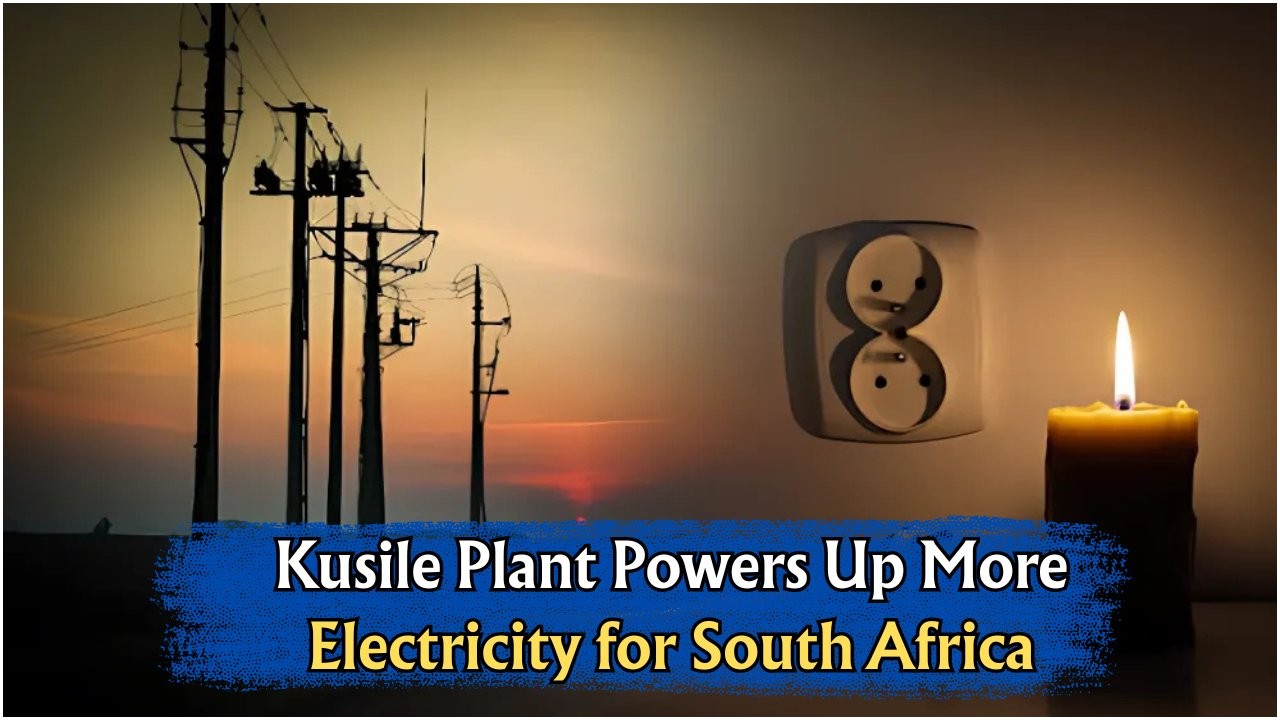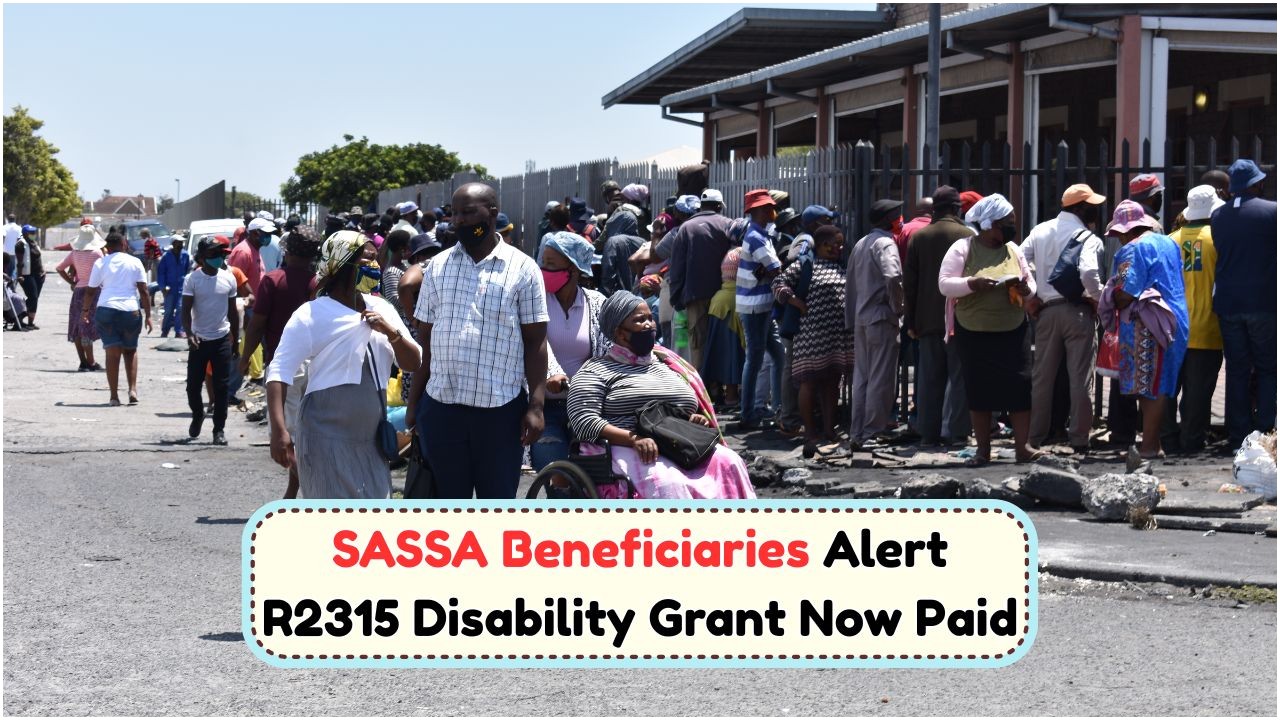Eskom Kusile Unit 6 Powers Up: This month marks a significant development for South Africa’s energy landscape as Eskom powers up Kusile Unit 6, delivering an impressive 800 MW boost to the national grid. This enhancement is a critical step in addressing South Africa’s ongoing energy challenges, providing much-needed stability and reducing the frequency of load shedding. Kusile Power Station, located in Mpumalanga, is one of the largest coal-fired power stations in the world, and the addition of Unit 6 will enhance its capacity to support the growing energy demands across the country. The activation of this unit is expected to have a positive ripple effect on both the economy and the quality of life for South Africans, highlighting the importance of sustainable energy solutions in the region.
Kusile Power Station’s Role in South Africa’s Energy Security
The Kusile Power Station plays a pivotal role in ensuring energy security in South Africa. As one of the country’s largest power projects, it has been designed to meet the increasing electricity requirements while also incorporating advanced technologies to minimize environmental impact. The station’s total capacity will exceed 4,800 MW once fully operational, making it a cornerstone in South Africa’s energy strategy. With the commissioning of Unit 6, Eskom is not only boosting the electricity supply but also demonstrating its commitment to modernizing the grid.
- Strategic location in Mpumalanga
- Utilizes advanced emission control technologies
- Capacity expansion through new units
- Significant contributor to the national grid
- Supports economic growth and development
The Economic Impact of Kusile Unit 6 Activation
The activation of Kusile Unit 6 is expected to have substantial economic benefits for South Africa. By increasing the power station’s output, it will help alleviate some of the pressures on the national grid, thereby reducing the frequency of load shedding and its associated economic disruptions. Businesses that rely heavily on consistent power supply, such as manufacturing and mining, will particularly benefit from the increased stability. Moreover, this development is likely to attract further investment in the energy sector, boosting job creation and contributing to economic growth.
| Economic Indicators | Expected Impact |
|---|---|
| National GDP | Positive growth due to energy stability |
| Job Creation | Increased opportunities in energy sector |
| Investment | Attracts local and foreign investors |
| Manufacturing | Enhanced productivity |
| Mining | Reduction in operational disruptions |
| Retail | Improved business continuity |
| Tourism | Boosted by reliable infrastructure |
| Small Businesses | Reduced energy-related costs |
Environmental Considerations of Kusile Power Expansion
With the expansion of Kusile Power Station, environmental considerations have been front and center. The plant is equipped with state-of-the-art flue gas desulfurization technology designed to reduce emissions and limit the plant’s environmental footprint. This is particularly important in South Africa, where balancing energy demands with environmental stewardship is a key challenge. By investing in cleaner coal technologies, Eskom aims to mitigate the environmental impact while still utilizing the country’s abundant coal resources.
 Free Solar Water Heating Pilot Launches in 8 SA Townships This September 2025 – Apply Now!
Free Solar Water Heating Pilot Launches in 8 SA Townships This September 2025 – Apply Now!
- Flue gas desulfurization systems
- Reduction in sulfur dioxide emissions
- Efforts to minimize carbon footprint
- Commitment to sustainable practices
- Balancing energy needs with environmental protection
Future Prospects for South Africa’s Energy Sector
| Prospect | Details | Impact |
|---|---|---|
| Renewable Energy | Increased investment in solar and wind | Reduced reliance on coal |
| Technological Innovation | Adoption of smart grid technologies | Enhanced energy efficiency |
| Policy Reforms | Government incentives for clean energy | Accelerated transition to renewables |
| Energy Storage | Development of battery technologies | Improved grid reliability |
Challenges in South Africa’s Energy Landscape
Despite the positive developments, South Africa’s energy sector faces numerous challenges. These include the need for infrastructure upgrades, securing financing for new projects, and addressing public concerns about environmental impacts. Additionally, the transition from coal to renewable energy sources requires careful planning and investment. Ensuring a stable and reliable energy supply while moving towards cleaner alternatives is a complex task that requires both governmental and private sector collaboration.
- Infrastructure upgrades needed
- Financing for new energy projects
- Public environmental concerns
- Transitioning to renewable energy
- Collaboration between government and private sector
Table of South Africa’s Energy Production Sources
| Energy Source | Percentage of Total | Notes |
|---|---|---|
| Coal | 70% | Primary source, high emissions |
| Renewables | 15% | Growing sector, includes solar and wind |
| Nuclear | 5% | Reliable but limited capacity |
| Hydro | 8% | Dependent on water availability |
| Gas | 2% | Used as a backup source |
| Other | 0.5% | Includes experimental technologies |
| Imports | 0.5% | From neighboring countries |
FAQ on Kusile Unit 6 and South Africa’s Energy Future
- What is the significance of Kusile Unit 6?
Kusile Unit 6 adds 800 MW to South Africa’s grid, reducing load shedding and stabilizing energy supply.
- How does Kusile impact the environment?
It utilizes flue gas desulfurization technology to lower emissions, balancing energy production with environmental care.
- What are the economic benefits of Kusile’s expansion?
Increased energy stability promotes economic growth, attracts investments, and creates jobs.
- What challenges does South Africa’s energy sector face?
Challenges include infrastructure upgrades, transitioning to renewables, and securing project financing.
- What is the future of renewable energy in South Africa?
Renewable energy is set to grow, with increased investment in solar and wind technologies.
Future of South Africa’s Energy Production
| Energy Sector | Projected Growth |
|---|---|
| Renewables | Increase by 20% in the next decade |
| Coal | Gradual decrease as renewables rise |
| Gas | Modest growth with new technologies |
| Hydro | Stable, dependent on water resources |
| Nuclear | Potential expansion with new projects |
| Imports | Minimal increase, focus on self-reliance |
| Other | Exploration of emerging technologies |







